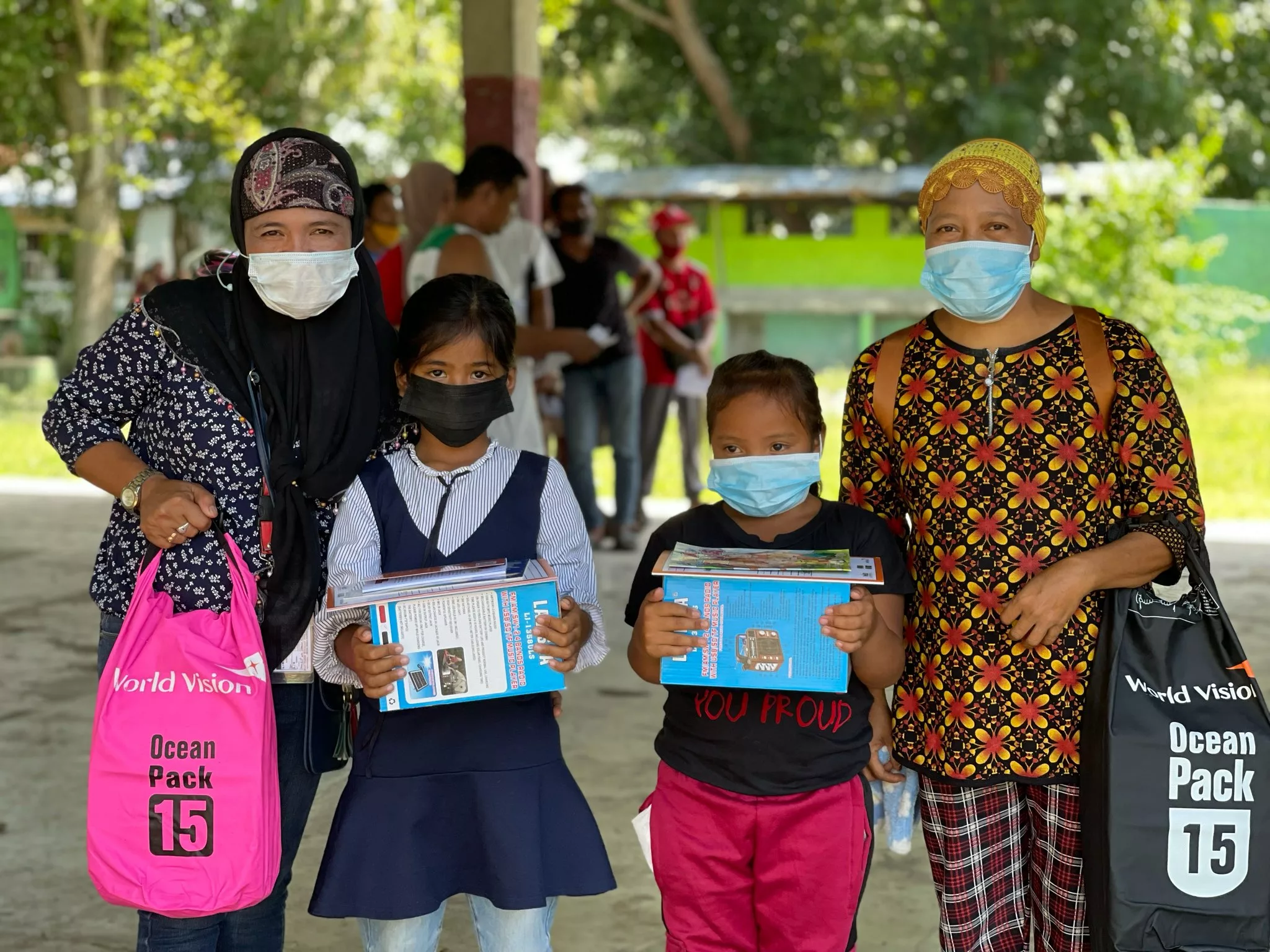Curbing child malnutrition in Sarangani Province
Several months back, Maricel and Suhara, both from Alabel, Sarangani, had no idea that their children were undernourished.
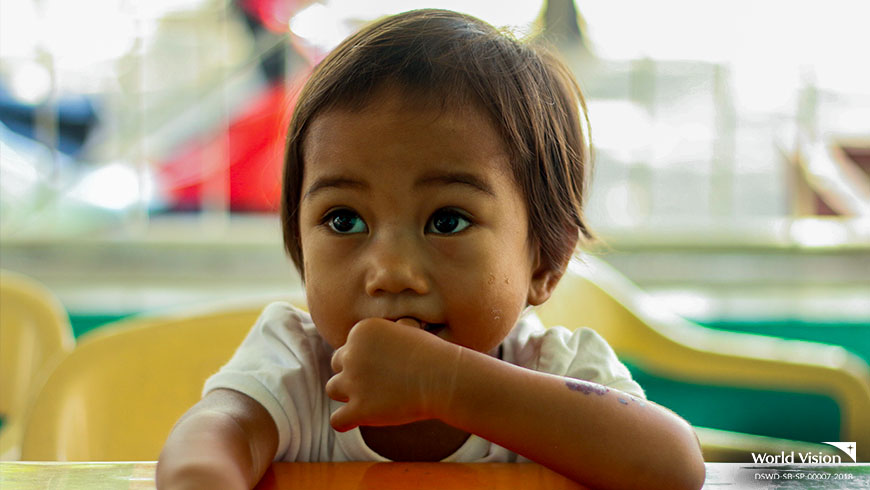
“We try our best to feed him three times a day and I thought that was enough,” Maricel shares. Her son, 3-year old James weighed 10.9 kilograms when he was enrolled in the program. Sahara’s daughter, 4-year old Jeschan, on the other hand, weighed 12.6kgs.
When World Vision implemented the Pinoy Nutrition Hub (PNH) in Sarangani to complement the government’s efforts in countering malnutrition, both mothers became part of the program. PNH is an initiative that aims to quickly rehabilitate malnourished children, prevent future malnutrition and sustain the learned behaviors from the 12-day session by using available resources in the community. In the sessions, mothers are taught on good practices for feeding, proper hygiene and health care.
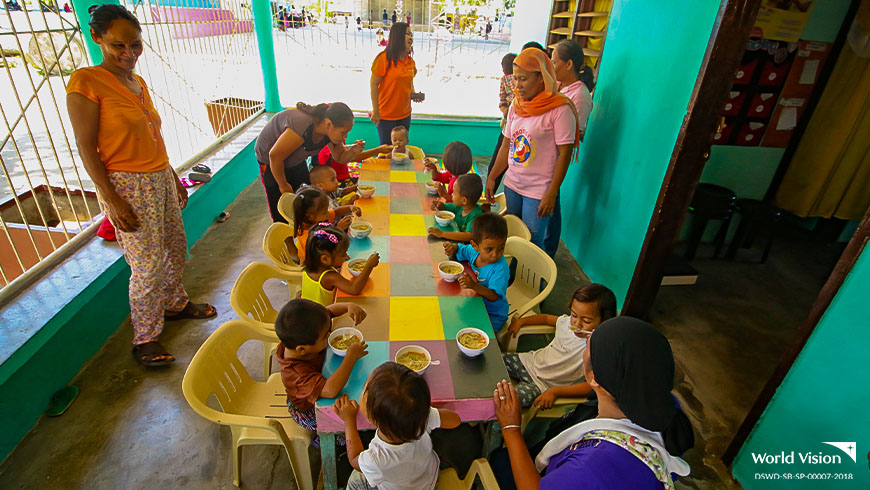
After going through the 12-day learning session and after enrolling their children in the program, James is now 11.4kgs. while Jeschan is 13.9kgs.
“It is helpful to be surrounded by health workers and also by fellow mothers who you know will be there to help you,” said Suhara. Although her family is making ends meet, she ensures that she is able to feed her children with nutritious foods, using available resources. Jeschan’s progress is also constantly monitored by barangay health workers.
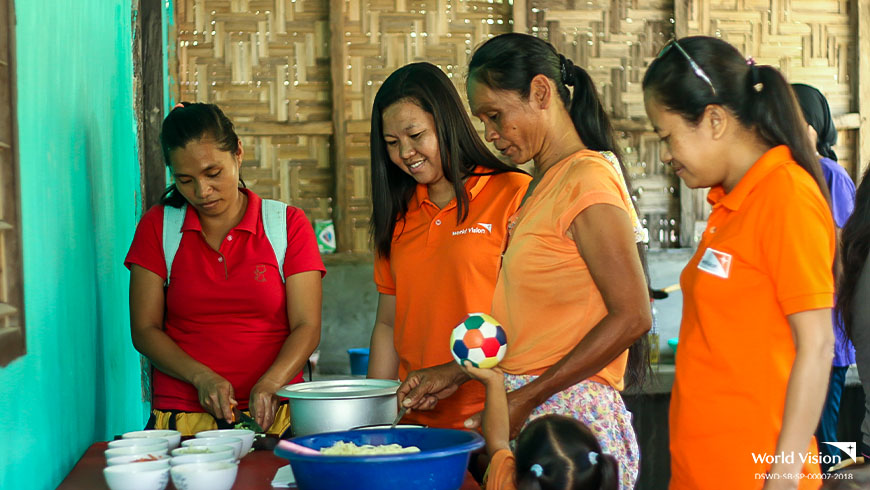
“In partnership with the barangay health center and the mothers themselves, we are addressing malnutrition one day at a time. Aside from Jeschan and James, we also have 79 other children from five barangays where World Vision is working. At least 19 of those have already bounced back from malnutrition while the work continues for the other kids,” shares World Vision’s program manager Rubylyn Gonzaga.
Gonzaga adds that it is necessary to curb malnutrition to help children reach their full potential. A study released in January 2018, Economic Consequences of Undernutrition in the Philippines, showed that the Philippines is losing more than Php220 billion while 29,000 children die each year due to malnutrition. The 2013 Report of the National Nutrition Survey showed that the prevalence of stunting was at 30% . In 2016, World Vision has monitored 10,413 children 0-59months old from its 20 area programmes in terms of their weight, age, and height. Their growth cards were also considered in line to the nutrition program espoused by the government. The baseline report showed that the prevalence of stunting was found to be very high and at critical risk at 46.6% (4,857 out of 10,413). In the province of Sarangani, stunting was at 45% which was 25% above the global threshold.
Stunting is a result of nutritional deficiency during a child’s first 1,000 days, beginning from conception until the age of 2. Stunted children are inches shorter than their age, and are prone to weaken the immune system, poor educational performance, impaired cognitive ability, and increased risk of obesity and elevated blood pressure.
Three years since several milestones were seen especially in the community of Maricel and Suhara which used to be top 3 barangay with the highest prevalence of malnutrition. The work is not yet done, however.
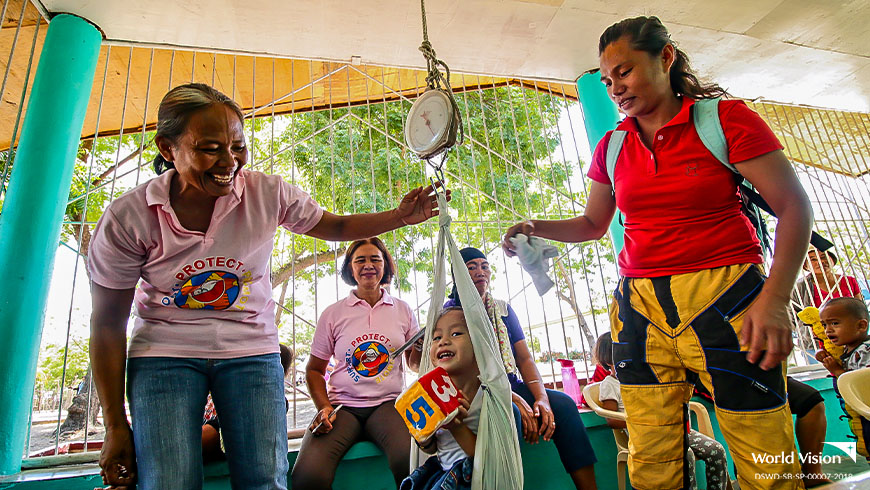
To help address this concern, World Vision also promotes Infant and Young Child Feeding among pregnant and lactating mothers to ensure that children get the nutrition they need starting from pregnancy.
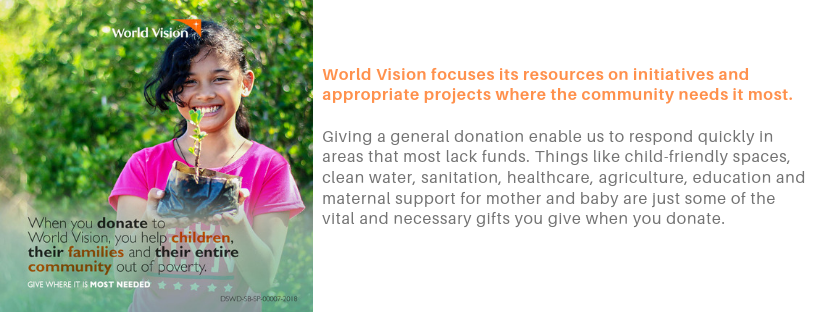
Stay up to date with World Vision Philippines! Follow us on Facebook, Twitter and Instagram.





